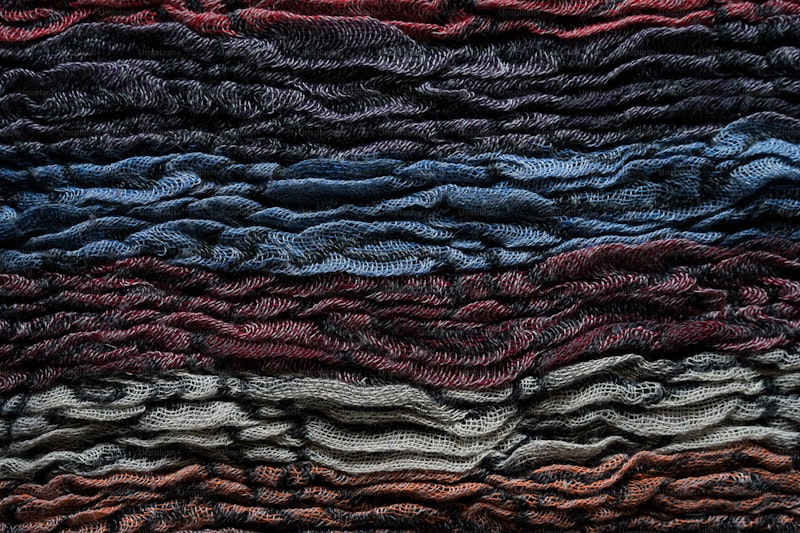Exploring Layered Textile Combinations: A Guide to Fashion Innovation
Introduction to Layered Textile Combinations
In the evolving world of fashion, Layered Textile Combinations have emerged as a captivating trend that not only adds depth to outfits but also enhances personal expression. These combinations involve the clever mixing of various fabrics, textures, and colors to create visually intriguing looks. From casual wear to high fashion, layered textiles are taking the industry by storm. In this article, we will dive into the art of layering textiles, explore its benefits, and provide tips for incorporating this trend into your wardrobe.
Understanding Layered Textile Combinations
Layering has always been a staple in fashion, but the focus on Layered Textile Combinations emphasizes a thoughtful approach to fabric selection. This technique involves combining different materials such as cotton, silk, wool, and denim to produce outfits that are not only stylish but also functional. The key lies in the harmonious blend of textures, colors, and patterns.
The Importance of Texture in Layering
Texture plays a crucial role in Layered Textile Combinations. By experimenting with different textures, you can create a rich visual experience. For example, pairing a soft cotton t-shirt with a structured denim jacket not only provides contrast but also enhances comfort. Below is a table summarizing popular fabric textures and their ideal pairing in layered outfits:
| Fabric Type | Best Paired With |
| Silk | Denim, Wool |
| Cotton | Leather, Knits |
| Wool | Silk, Linen |
| Denim | Cotton, Velvet |
| Velvet | Silk, Wool |
Benefits of Layered Textile Combinations
Adopting Layered Textile Combinations in your wardrobe offers several advantages. Let's explore some of these benefits:
- Versatility: Layering allows for multiple outfit combinations using the same pieces. This versatility enables you to adapt to various settings, whether it's a casual outing or a formal event.
- Seasonal Adaptation: By layering, you can easily transition outfits between seasons. A lightweight dress can be paired with tights and a sweater for cooler months, while the same dress can be worn alone in warmer weather.
- Personal Expression: Layering provides an opportunity to showcase individual style. Mix and match prints and textures to reflect your personality.
- Comfort: Multiple layers can create warmth, especially in colder climates, without compromising on style.
How to Achieve the Perfect Layered Look
Now that we've discussed the importance and benefits of Layered Textile Combinations, let's delve into the practical steps to achieve the perfect layered look:
1. Start with a Base Layer
The base layer is essential in any layered outfit. Choose a fitted top or dress that can serve as the foundation for your look. Neutral colors or simple patterns usually work best as they allow for more creative options with the outer layers.
2. Add a Middle Layer
The middle layer adds depth and contrast to your outfit. Consider blazers, cardigans, or longer shirts, which can enhance your silhouette. It's essential to choose fabrics that complement the base layer and add texture without overwhelming it.
3. Finish with an Outer Layer
The outer layer not only provides additional warmth but also makes a strong style statement. Coats, jackets, or vests can elevate your outfit and allow you to express your personal style. Consider playful prints or unique cuts for this layer to stand out.
4. Experiment with Accessories
Accessories can further enhance the layered look. Scarves, belts, and jewelry provide additional texture and personalization. Use accessories to tie the outfit together and add pops of color.
Common Mistakes in Layering Textile Combinations
While layering can be a fun and exciting challenge, there are common pitfalls that many face. Here are a few mistakes to avoid:
- Too Many Layers: Stacking too many layers can lead to a bulky appearance. Aim for 2-3 layers that create a balanced look.
- Clashing Textures: While mixing textures is encouraged, clashing fabrics can be overwhelming. Stick to a cohesive theme.
- Ignoring Proportions: Be mindful of proportions when layering. A structured piece paired with a loose item can create a flattering silhouette.
- Neglecting Color Coordination: Ensure that your layers complement each other in terms of color to maintain harmony in your outfit.

Conclusion: Embracing Layered Textile Combinations
In conclusion, embracing Layered Textile Combinations can significantly transform your wardrobe and style. By understanding the principles of texture, balance, and proportion, you can create outfits that not only look good but feel good. Always remember that fashion is a form of self-expression; allow yourself the freedom to experiment and have fun with layering.
As you venture into the world of layering, keep in mind the importance of choosing fabrics that complement each other and embody your unique style. Seasonal transitions, personal expression, and comfort are just some of the benefits of adopting this trend. So go ahead, layer up, and step out in style!